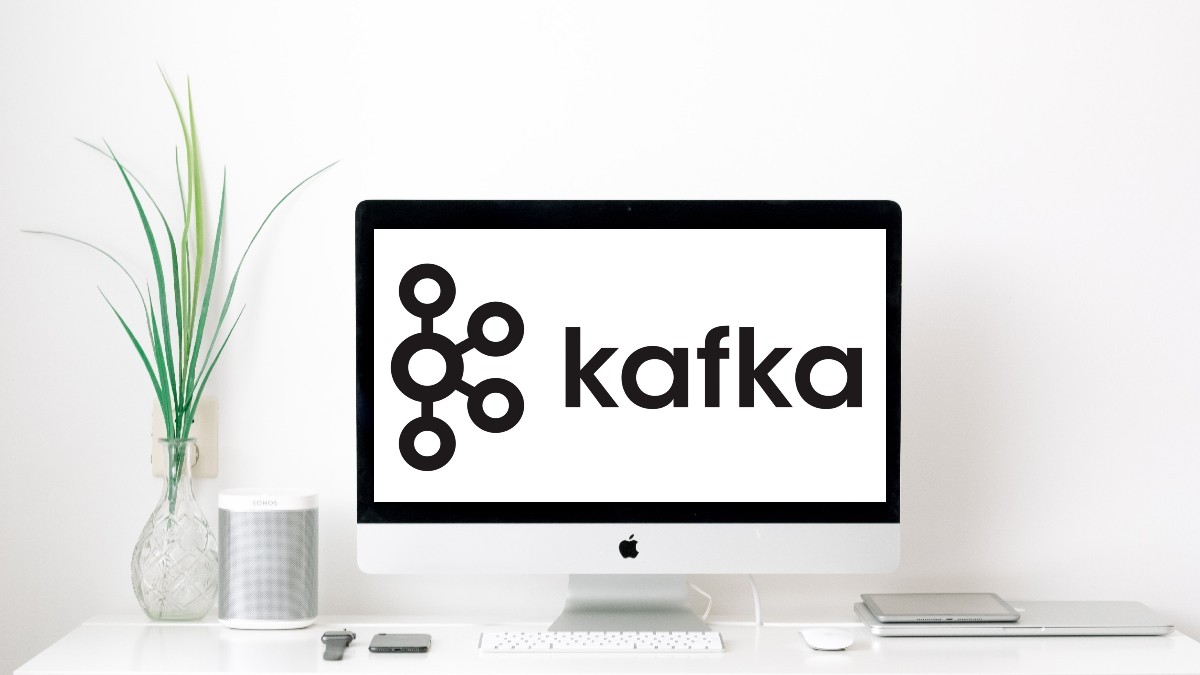Remove Apache Kafka on macOS using Homebrew

A step-by-step guide on removing Apache Kafka on your local macOS using the Homebrew CLI.
- Step 1: Stop Kafka and ZooKeeper Services
- Step 2: Uninstall Kafka and ZooKeeper
- Step 3: Remove Data and Logs
- Step 4: Remove Additional Configuration Files
- Step 5: Clean Homebrew Cache
- Step 6: Check for Residual Processes
- Summary
This guide aims to provide you with a step-by-step process to remove Apache Kafka on macOS using Homebrew.
Apache Kafka is a popular open-source stream-processing software platform developed by the Apache Software Foundation.
If you’ve installed Kafka and ZooKeeper on your macOS using Homebrew, cleaning up the environment requires a few specific steps. It’s essential to note that the following procedure is tailored for setups where Kafka and ZooKeeper were installed via Homebrew.
Step 1: Stop Kafka and ZooKeeper Services
Before uninstalling, ensure that both Kafka and ZooKeeper services are stopped.
$ brew services stop kafka
$ brew services stop zookeeper
Step 2: Uninstall Kafka and ZooKeeper
Use Homebrew to uninstall both Kafka and ZooKeeper.
$ brew uninstall kafka
$ brew uninstall zookeeper
Step 3: Remove Data and Logs
Kafka and ZooKeeper store logs and data in directories. You might want to remove these to clean up completely.
$ rm -rf /usr/local/var/lib/kafka-logs
$ rm -rf /usr/local/var/lib/zookeeper
Step 4: Remove Additional Configuration Files
If you’ve made custom configurations or if there are any residual files, you might want to remove them.
$ rm -rf /usr/local/etc/kafka
$ rm -rf /usr/local/etc/zookeeper
Step 5: Clean Homebrew Cache
Homebrew caches downloads in a directory. If you want to remove the cached Kafka and ZooKeeper files, you can clean the cache.
$ brew cleanup kafka
$ brew cleanup zookeeper
Step 6: Check for Residual Processes
Sometimes, even after stopping services, some processes might still be running. Use the ps command to check for any running Kafka or ZooKeeper processes and terminate them if necessary.
$ ps aux | grep kafka
$ ps aux | grep zookeeper
By following these steps, you should have a clean environment free from Kafka and ZooKeeper installations and configurations. If you wish to reinstall later, you can simply use Homebrew to install them again.
Summary
Removing Kafka on macOS is straightforward using Homebrew. With just a few commands, you can have Kafka and Zookeeper completely removed your machine.
